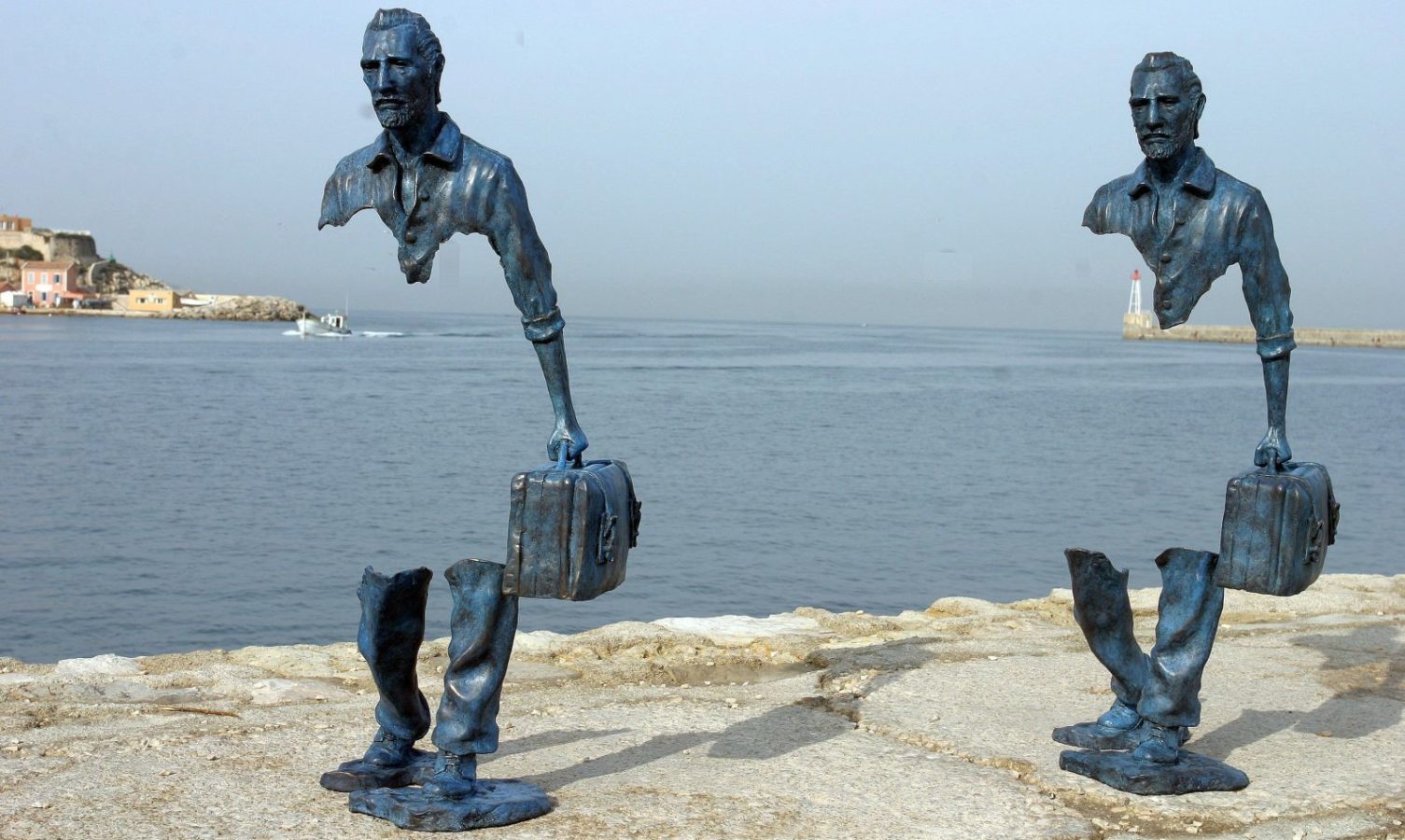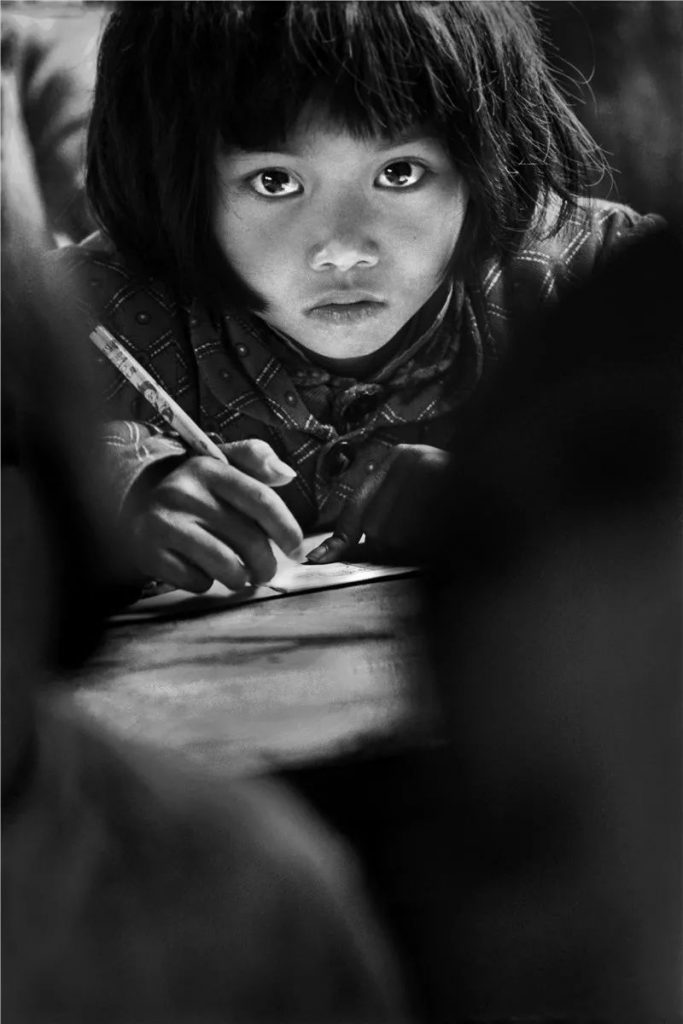Schiller gives an account of how beauty and advantageous thinking must coexist, and this follows under his belief that rationale and nature are two standards that must persevere in tandem for the well being of society. These things are immutable and equally embedded in the human condition or human nature, so they must be respected in society. Sensuality, or the appeal to the heart according to Schiller, is a necessary companion for intellectuality, or the appeal to the rational mind which is weighing out good and bad. I believe this is seen in one of my favorite songs by Frank Ocean, Provider.
In this song, Frank speaks about how he has been focusing on his career and how this has prevented him from seeing his best friend, which is his way of understating the fact that this is his lover in this song. This person who he loves is getting restless without him, but his intellectual side has caused Frank to prioritize accumulating awards, money, acclaim, and jewelry through these musical ventures; these are all things of value in society and are a rational pursuit. However, Frank, having reached success, longs to be back with his lover and ponders innocently, “said I’ll be your new best friend, or maybe more” at the 1:36 mark. While his intellectual appeals lead him to be goal oriented for the sake of his family’s well being, his friend appeals to his sensual desires, and these coexist as valuable pursuits for frank.
Moreover, his statement of “You had you some birthdays, could you prove it? Show me the wisdom in your movement” is a strong message showing the intellectual standards of Frank that he sets for a potential lover, thus showing that even in love Frank must have a partner who exhibits a balance between sensual and intellectual characteristics.










